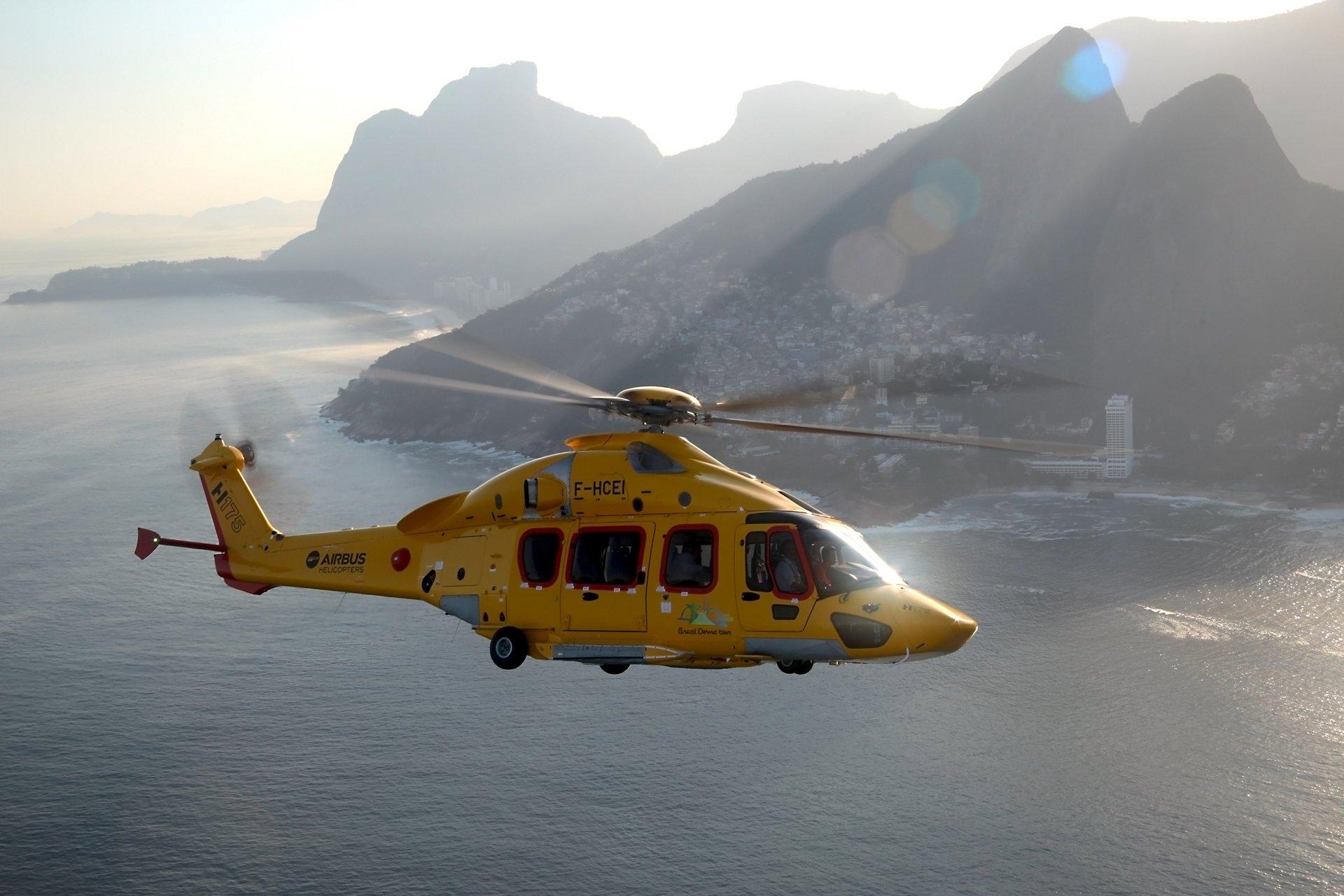
The commercial helicopter industry was locked in a downturn even before the COVID-19 crisis. Deliveries fell again in 2019 to a low of 640 turbine helicopters from the high of 1,111 in 2013. Deliveries of piston helicopters, which had been boosted by demand for training, also declined in 2019.
With the novel coronavirus pandemic, first quarter 2020 deliveries have fallen 28%, while billings are down 19%.
The reason for the market’s stubborn stagnation was the price of oil, which fell from highs beyond $100 a barrel in 2012-14 to just above $60 by January because of overproduction. Energy companies cut back on exploration and production, reducing demand for air transportation and idling helicopter fleets.
Oil prices continued to fall and in April producers agreed to a record cut in global output. But the pandemic lockdown destroyed demand, and prices fell to negative numbers for the first time in history in April. The International Energy Agency is forecasting global energy demand will fall 6% in 2020, seven times the decline after the 2009 financial crisis.
Manufacturers worry about sales of medium and heavy helicopters when oil falls below $50 a barrel, aviation consultants JSfirm told an April 23 HAI webinar. The U.S. Energy Information Agency forecasts the benchmark Brent crude price will average $34 a barrel in 2020, down from $64 in 2019, and recover to $48 in 2021.
In the first quarter of 2020, piston helicopter deliveries fell 44% to 37 aircraft, down from 66 a year ago, while turbine helicopter deliveries fell 18% to 85 shipments.
The immediate impact on manufacturers came from travel restrictions. Leonardo lost seven deliveries in the first quarter, mainly AW139s, because customers did not want to travel to pandemic-hit northern Italy to pick up their machines, CEO Alessandro Profumo told analysts on May 7. Bell delivered 15 commercial helicopters in the first quarter, down from 30 a year earlier, because of customers’ inability to accept aircraft.
Leonardo is shifting to “smart deliveries,” digitally transferring all data to customers from the final company testing of the aircraft. “That makes them comfortable that the machine is in good shape, as if their own pilots had tested it, and on that basis take delivery of the aircraft,” Profumo said. But Leonardo does not expect any significant acceleration of deliveries into June.
Bell had not seen any cancellations, parent company Textron CEO Scott Donnelly told analysts on April 30. Parapublic and international sales “are largely holding up” and this diversified set of markets is expected to be more resilient, he said, but private and corporate sales are likely to be “a little softer.”
Airbus expects civil and parapublic helicopter demand to remain soft in 2020, “particularly in oil and gas, mainly due to very low oil prices,” CEO Guillaume Faury told analysts on April 29. But Airbus, like Bell and Leonardo, is being cushioned by continued demand for military helicopters.
Profumo said Leonardo had not seen any major impact from low oil prices, but largely because it is delivering on an order for 21 AW139s from Saudi Aramco. Bell is less exposed. “We don’t do a lot of the big offshore stuff. It’s the Gulf. It’s nearshore operations, which I think are more likely to hang in there,” Donnelly said.
“I think it’s safe to say you’re not going to see a whole lot of deepwater, big-dollar investments to get at some of the more expensive oil,” Donnelly said. But energy companies put limits on the age of aircraft used, which could backstop demand. “People are still producing, and they are still going to have to run their operations,” he said.





